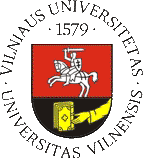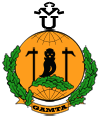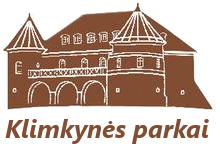States borderline = nations boundary?
What does it mean borderlines and what does it mean boundaries in today‘s world? The borderline, as the element of the statehood, reflects the political space of the country. However, does this official line sets bounds to other state’s spaces such as cultural, social? The formation of boundaries is very ancient and subjectively perceived mental phenomenon. The boundaries of Lithuania are concerned with the pervasion of Baltic tribes in III thousand years BC. in the Eastern Europe. These old boundaries are best reflected in culture and language heritage. Linguistics scientists states that the most reliable objects to determine boundaries are hydronymes and their spread. The water names are strongly migration resistant and can stay with no significant change. Anyway, boundaries were fluctuating and still change involving wider or narrower mental space. Meanwhile, the dynamics of the borderline can be followed materially: bulwarks, fortifications, lines of demarcation, entrenchments or border zone with border posts. But recently the materiality disappears: borderlines vanish while states are artificially joint into totality, for instance, such as European Union. So the question arises: does the identity of the state survives without borderlines?
Workshop focuses on:
1. material and mental existence of states;
2. natural and artificial boundaries;
3. historical maintenance of boundaries;
4. forced political demarcation of the state;
5. the problem of the border zone existence.
Workshop leaders:
|
Justina Nainytė (EGEA Vilnius) |
 |
|
Gintarė Pociūtė (EGEA Vilnius) |
 |






